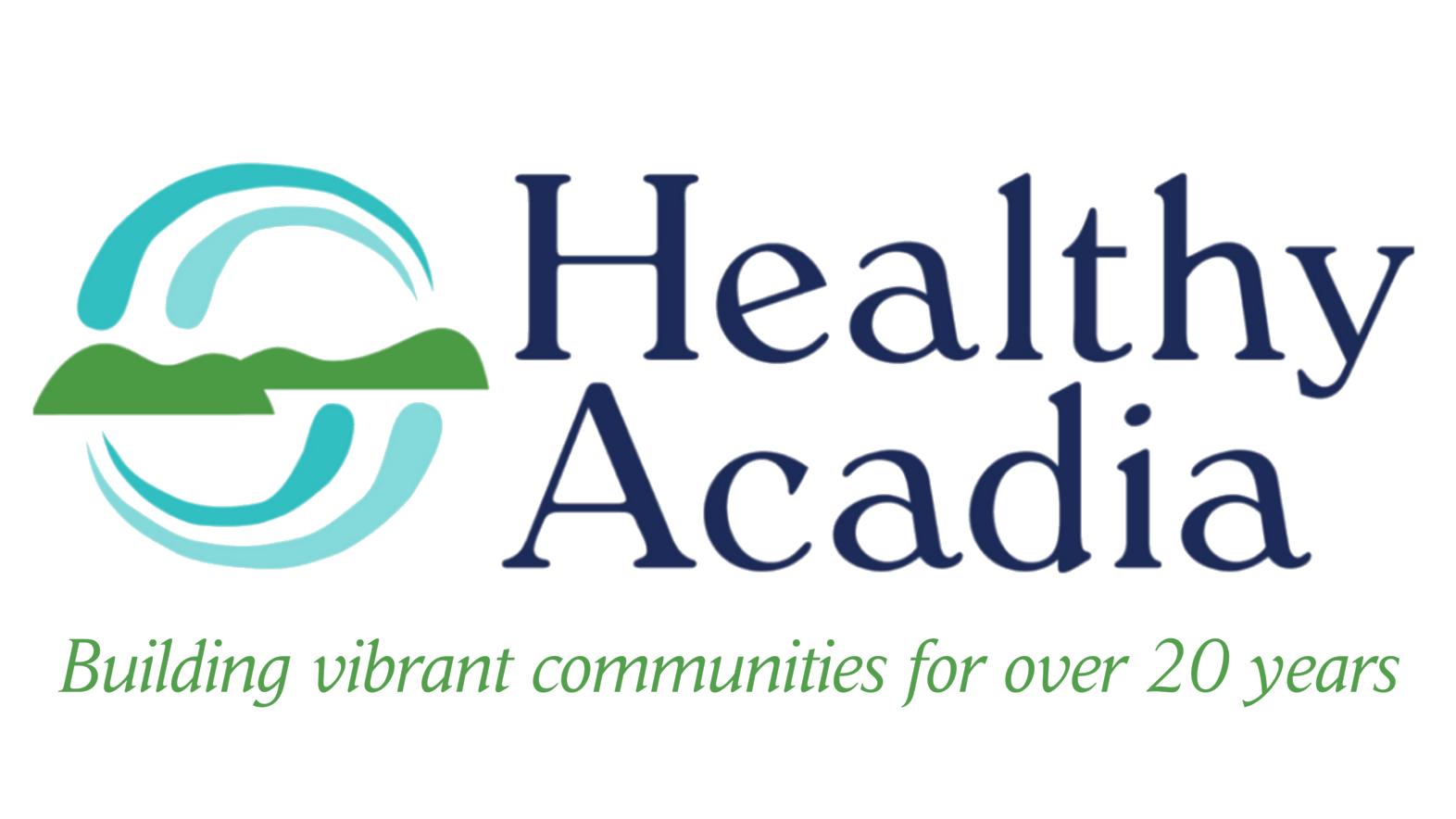Managing Stress with Vagal Nerve Exercises
Stress has become a common companion for many of us. From work pressures to world affairs to personal challenges, stress can infiltrate every aspect of our lives. We've all heard about the detrimental effects of long-term stress on our health, but what can we do about it? How can we counteract the negative impact stress has on our bodies and minds?
According to the Mayo Clinic, prolonged exposure to stress hormones like cortisol can disrupt almost all of our body's processes, putting us at risk for a variety of health problems ranging from anxiety and depression to heart disease and weight gain. It's clear that managing stress is essential for maintaining our overall well-being.
We know that stress, particularly long-term stress, can adversely affect our health. As the Mayo Clinic’s website states (https://www.mayoclinic.org/healthy-lifestyle/stress-management/in-depth/stress/art-20046037#:~:text=Heart%20disease%2C%20heart%20attack%2C%20high,Problems%20with%20memory%20and%20focus), “The long-term activation of the stress response system and too much exposure to cortisol and other stress hormones can disrupt almost all the body's processes. This puts you at higher risk of many health problems, including:
Anxiety.
Depression.
Digestive problems.
Headaches.
Muscle tension and pain.
Heart disease, heart attack, high blood pressure and stroke.
Sleep problems.
Weight gain.
Problems with memory and focus.”
Our body's response to stress is controlled by the sympathetic nervous system(it has nothing to do with sympathy!) and what is often referred to as the "flight or fight" response, which is also sometimes called the "flight, fight, freeze, or fawn” response. This physiological reaction often served our ancestors well in dangerous situations, but in today's world, chronic stress keeps this system on overdrive, leading to health issues. To balance the stress response in our bodies, we need to regularly activate the opposite bodily system, or the parasympathetic nervous system (PNS), which shuts down “flight or fight” and allows us to move into “rest and digest.” This system promotes relaxation and allows our bodies to recover from stressors.
At the center of the PNS are the vagal nerves, which play a crucial role in regulating various bodily functions, including heart rate, digestion, immune responses, mood, mucus and saliva production, skin and muscle sensations, speech, taste, and even urine output! (https://my.clevelandclinic.org/health/body/22279-vagus-nerve).
There are many ways that we can support our PNS, but before we get into specific exercises, let’s consider the shorthand for it: the “rest and digest” system. This highlights the importance of sleep (rest), and good eating habits (digest), in combating stress and stress-related diseases. Consider the following exercises to be supplemental to a lifestyle that includes healthy sleep hygiene habits and healthy eating habits.
For all of these, a quiet, relaxing environment will help you to reap the benefits. Take a few moments to breathe slowly and deeply and to consciously relax and slow down before engaging in them.
Humming. If you want to use your first and second fingers to rest lightly on your eyelids and then your thumbs to gently block your ear canals, you will find that the sensation of vibration is greatly increased. It can be quite intense, so use with caution, but feel free to experiment with this. There doesn’t need to be any tune. Keep in mind that this isn’t necessarily going to be relaxing for people around you!
Gentle Eye Movements. Lying down with your hands on your abdomen or in another position that feels relaxing to you, with your head centered and in line with your spine, look down and to the right for 30 seconds, (this should not be stressful- if it hurts your eyes, don’t look so far to the right; also, you are allowed to blink!), then reset and rest in a neutral position, looking straight ahead, with a long and deliberate sigh, followed by looking down and to the left, until you involuntarily sigh, swallow or yawn.
Triangle Breathing. Lastly, breathing; specifically a technique called “triangle breath” or sometimes “box breathing”: inhale to a count of four; hold your breath to a count of four and tuck your chin simultaneously; then exhale to a count of four while raising your chin; and repeat. Start with four rounds, increase to eight, and then feel free to continue for several minutes. You can do this as often as you like throughout the day. Keep in mind that our bodies find it very relaxing to be on a schedule/in a routine- if you have the capacity, try to do these at the same time throughout the day. If you have a very chaotic life, you may not be able to do this, and you will still see some benefits in the practice of triangle breath- but you will see more benefits and you will likely see them sooner if you maintain a routine in this practice and in fact, in any practice to assist your vagal nerves and your PNS.
Visualizing a triangle and mentally “tracing” one side of it with the inhalation, another during the breath hold, and a third for the exhalation, can be helpful when performing this exercise.
